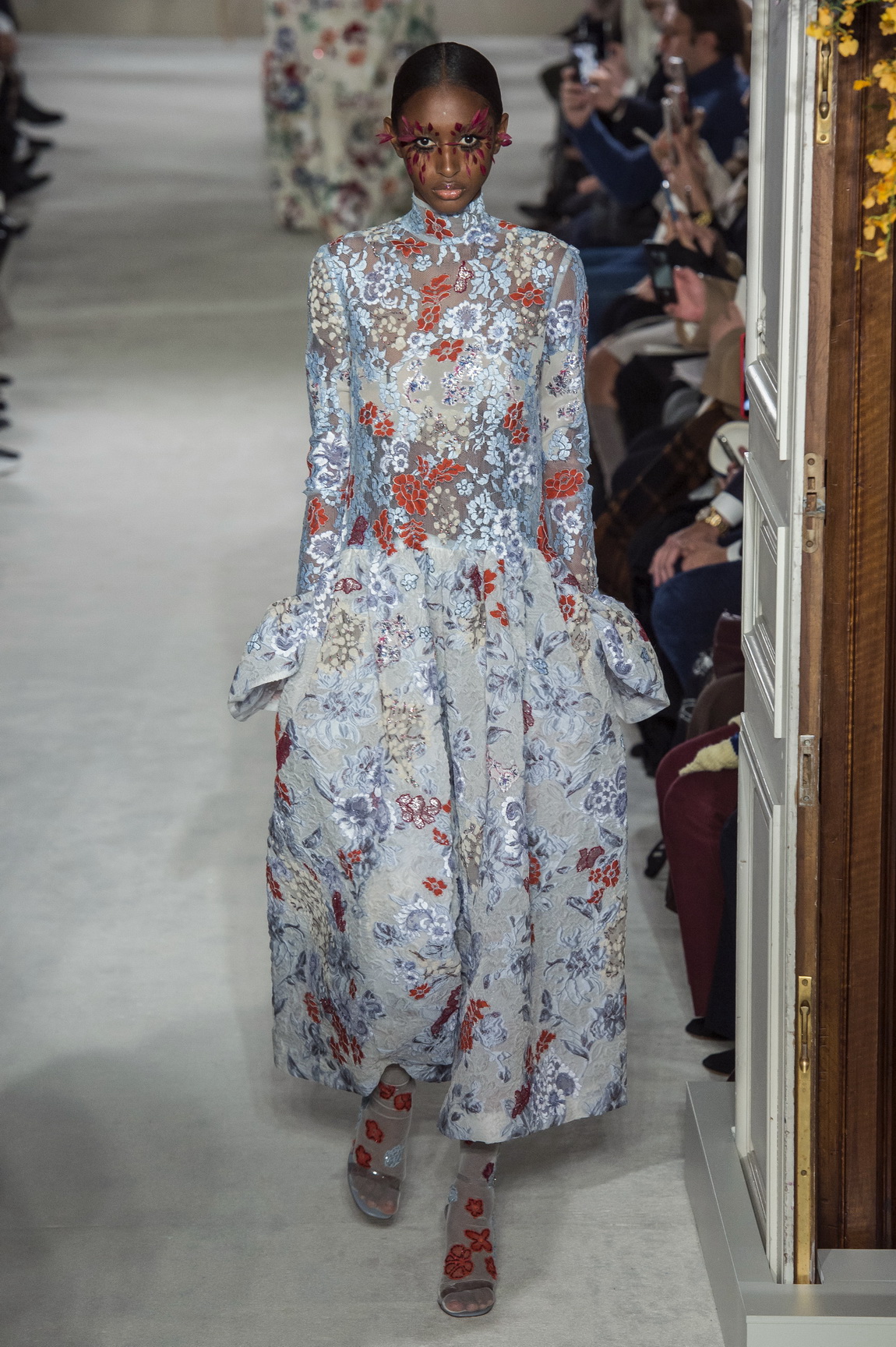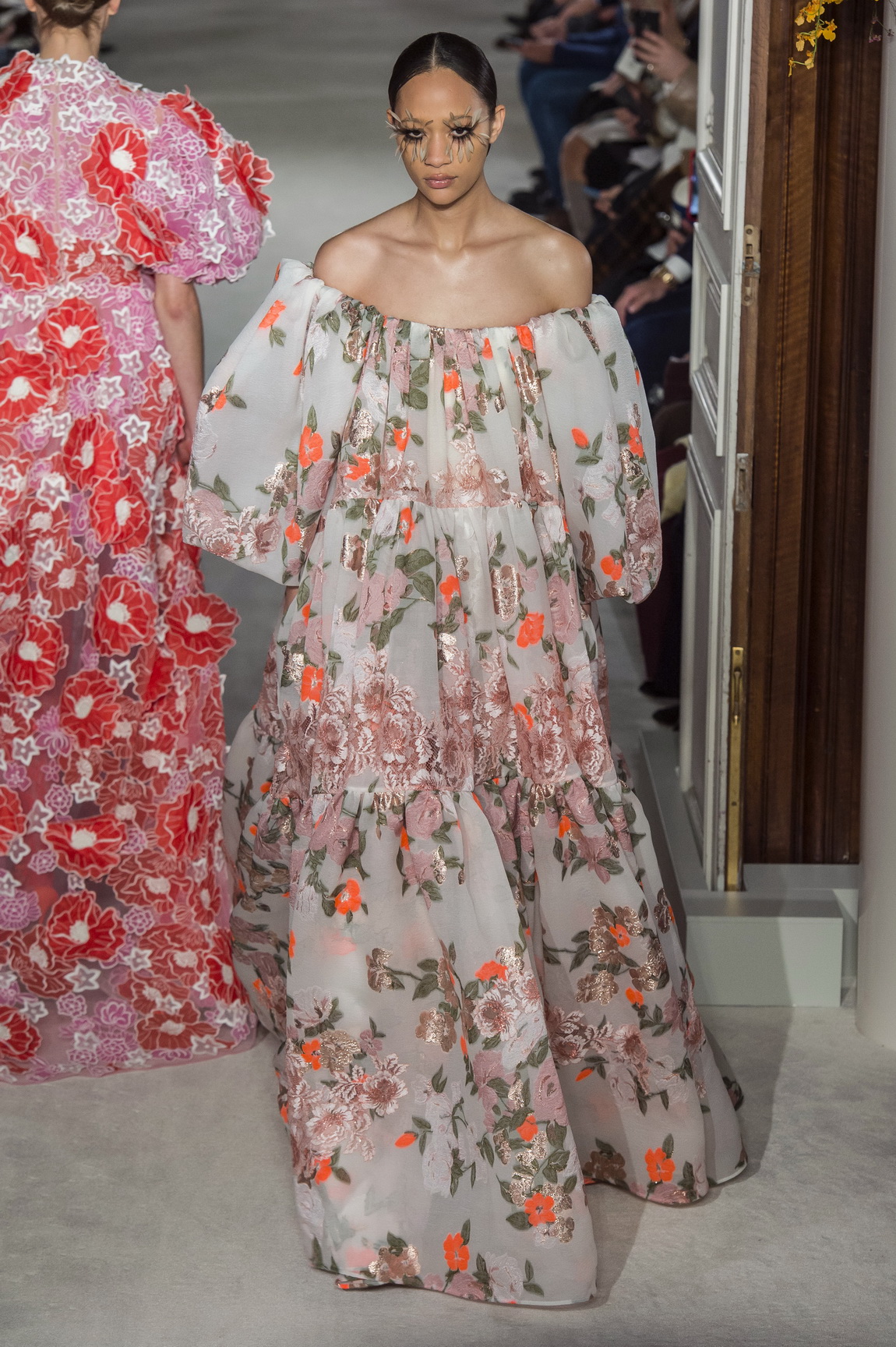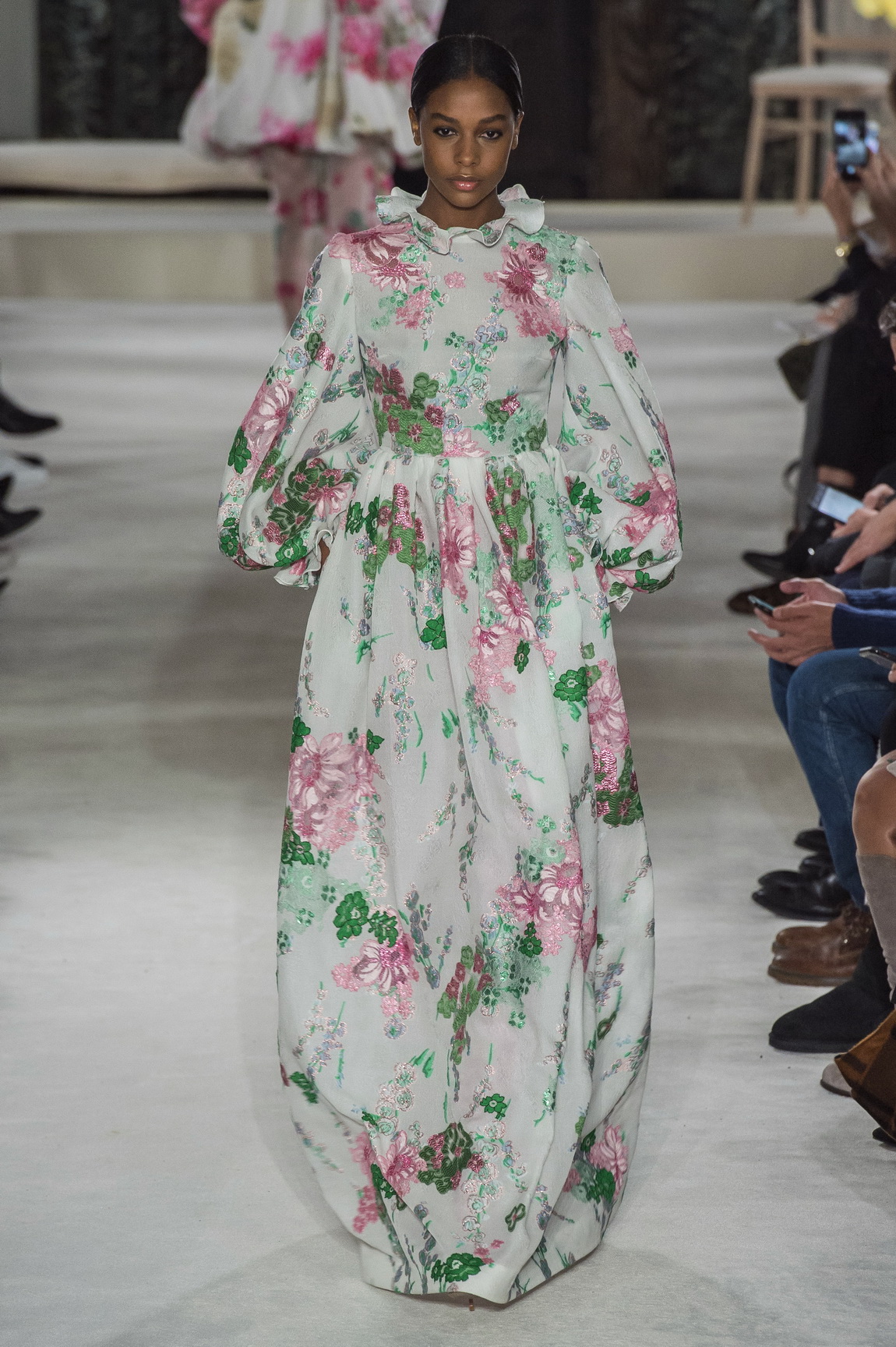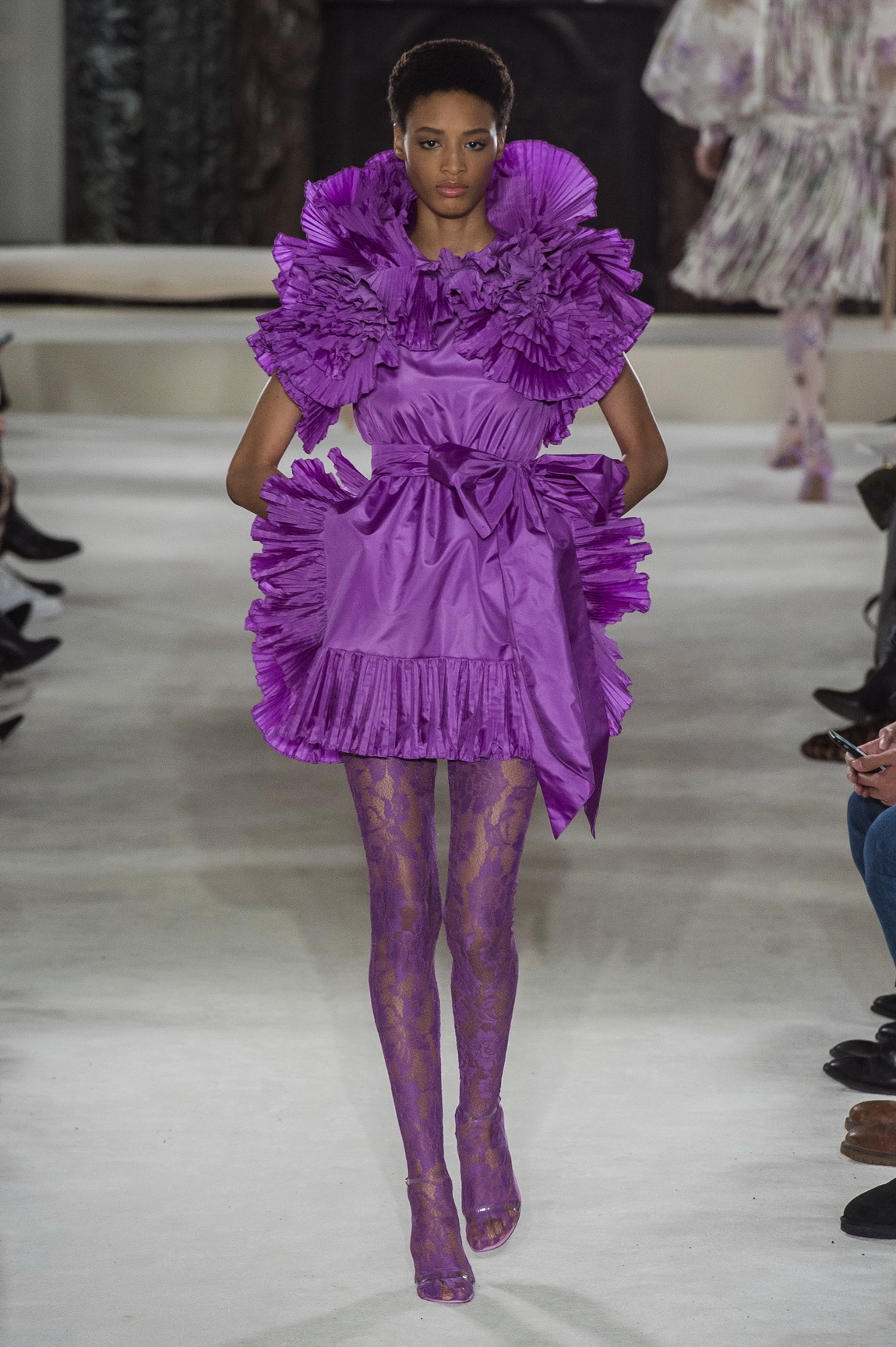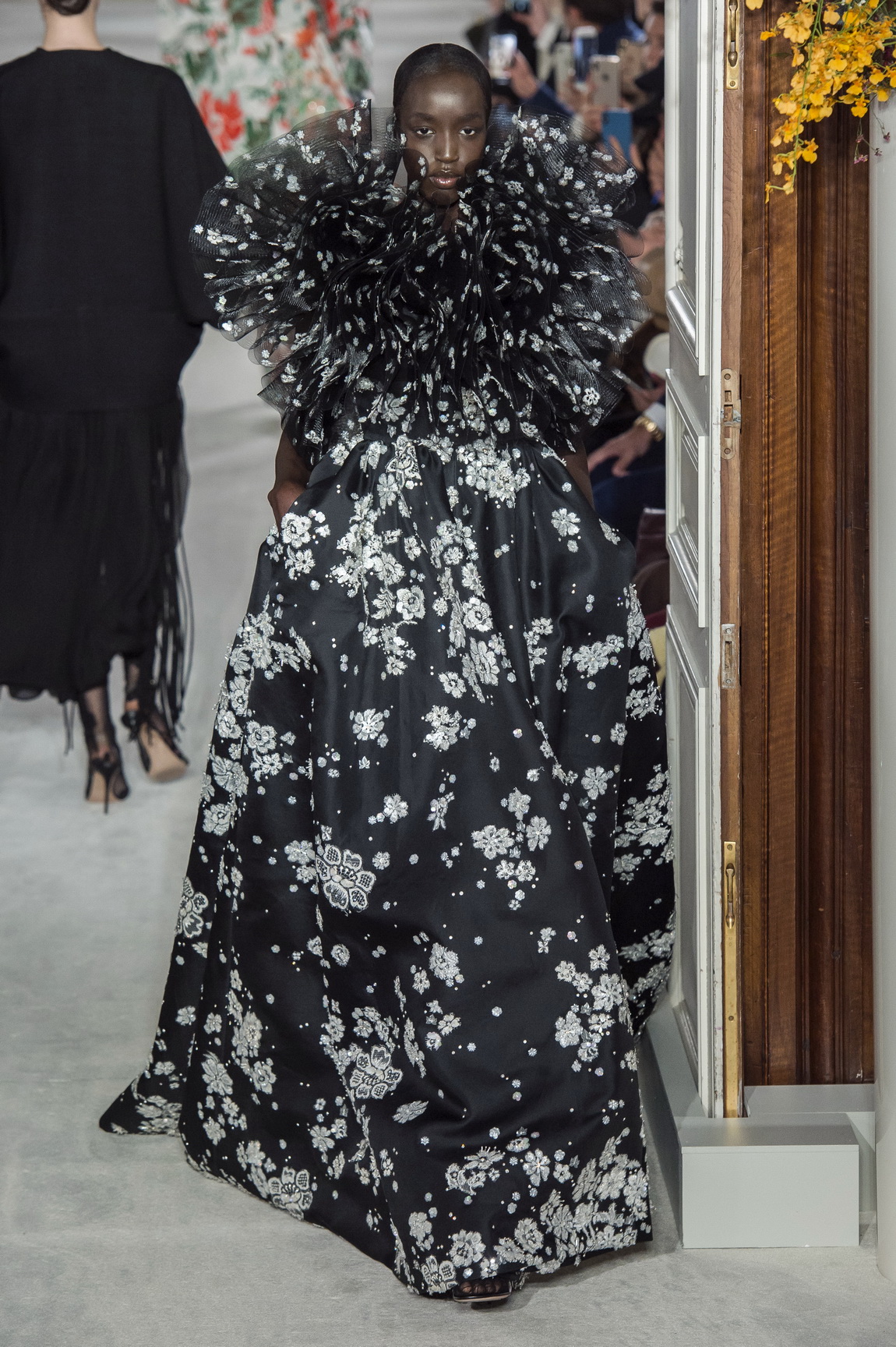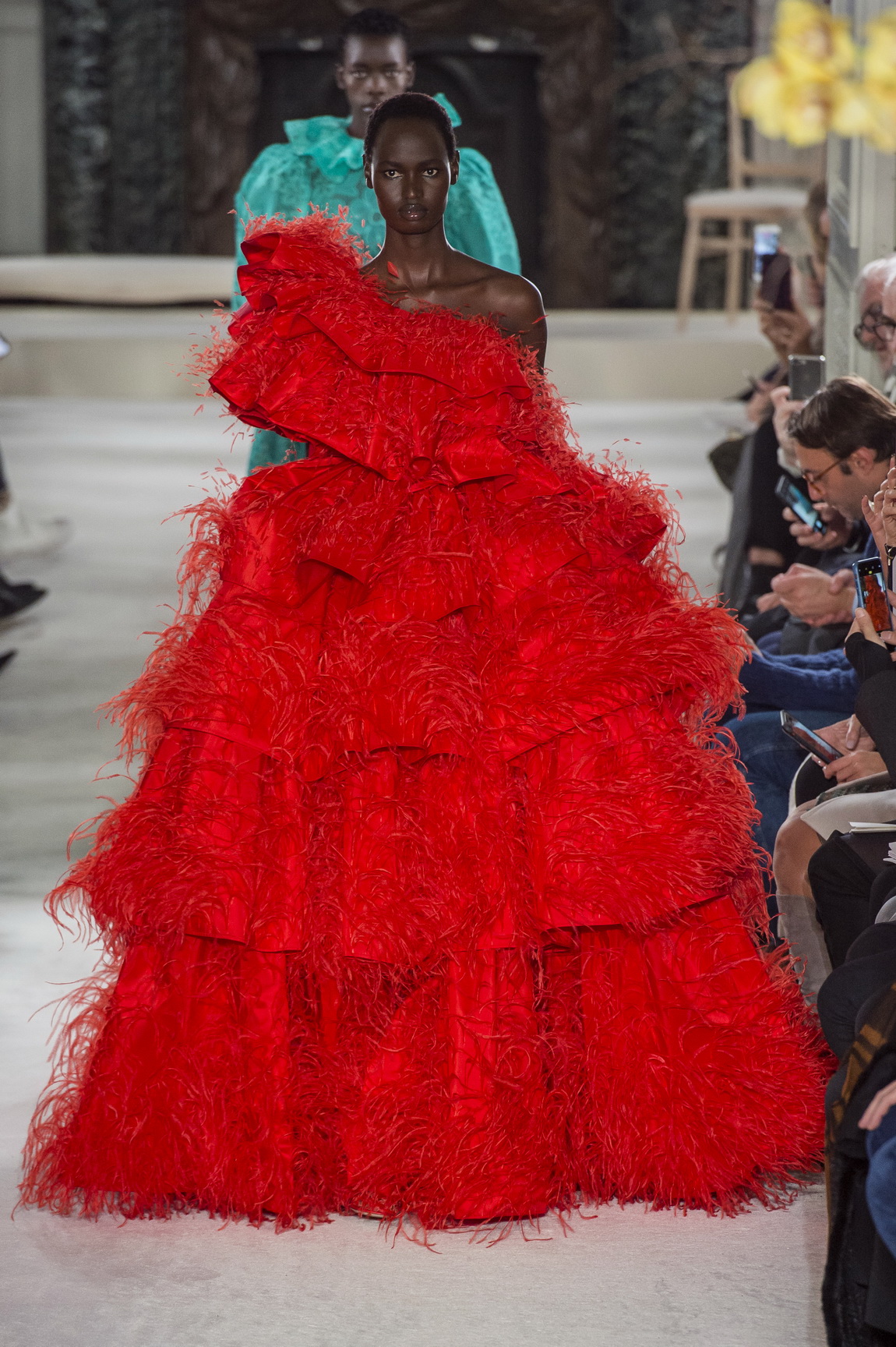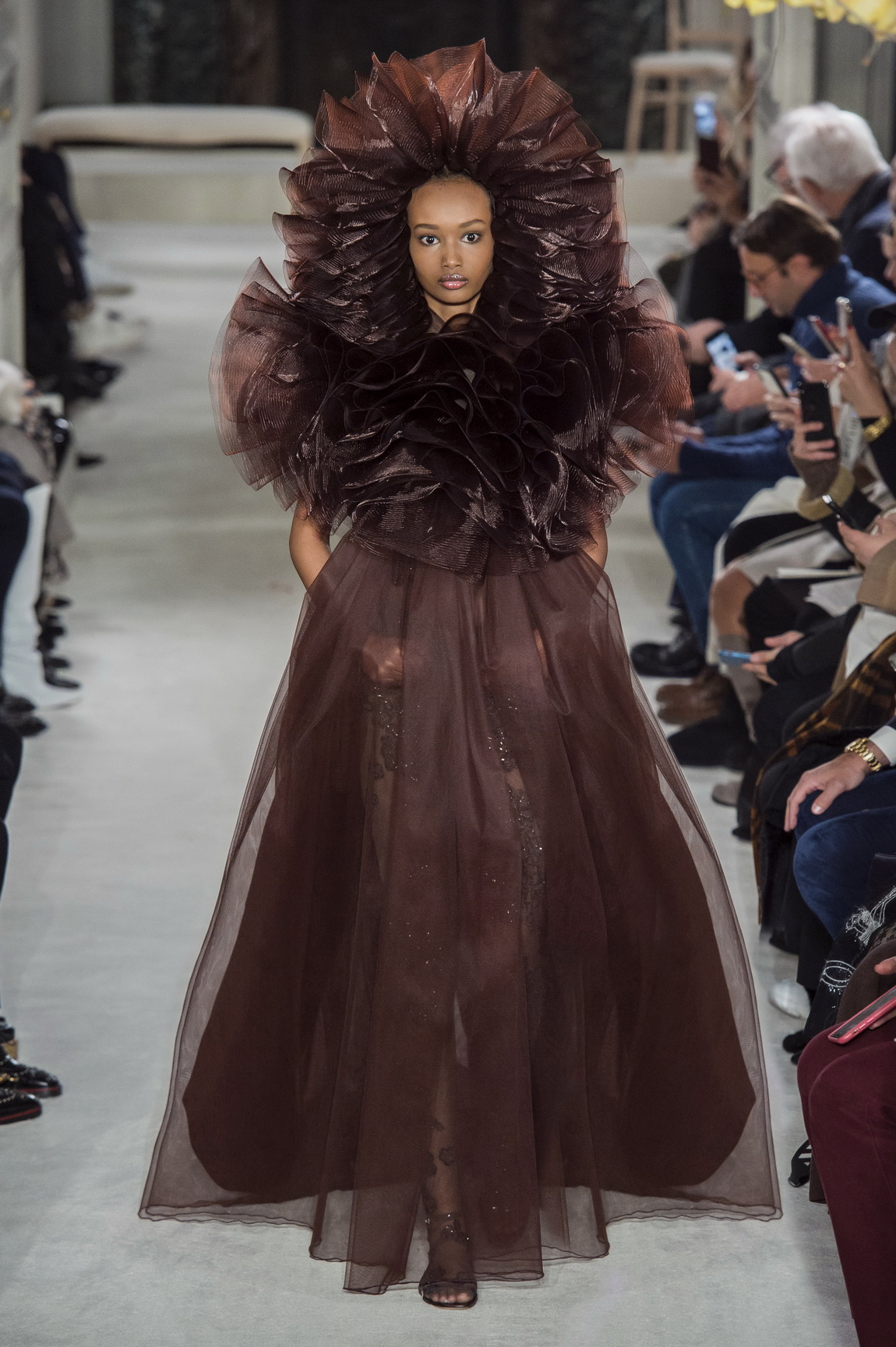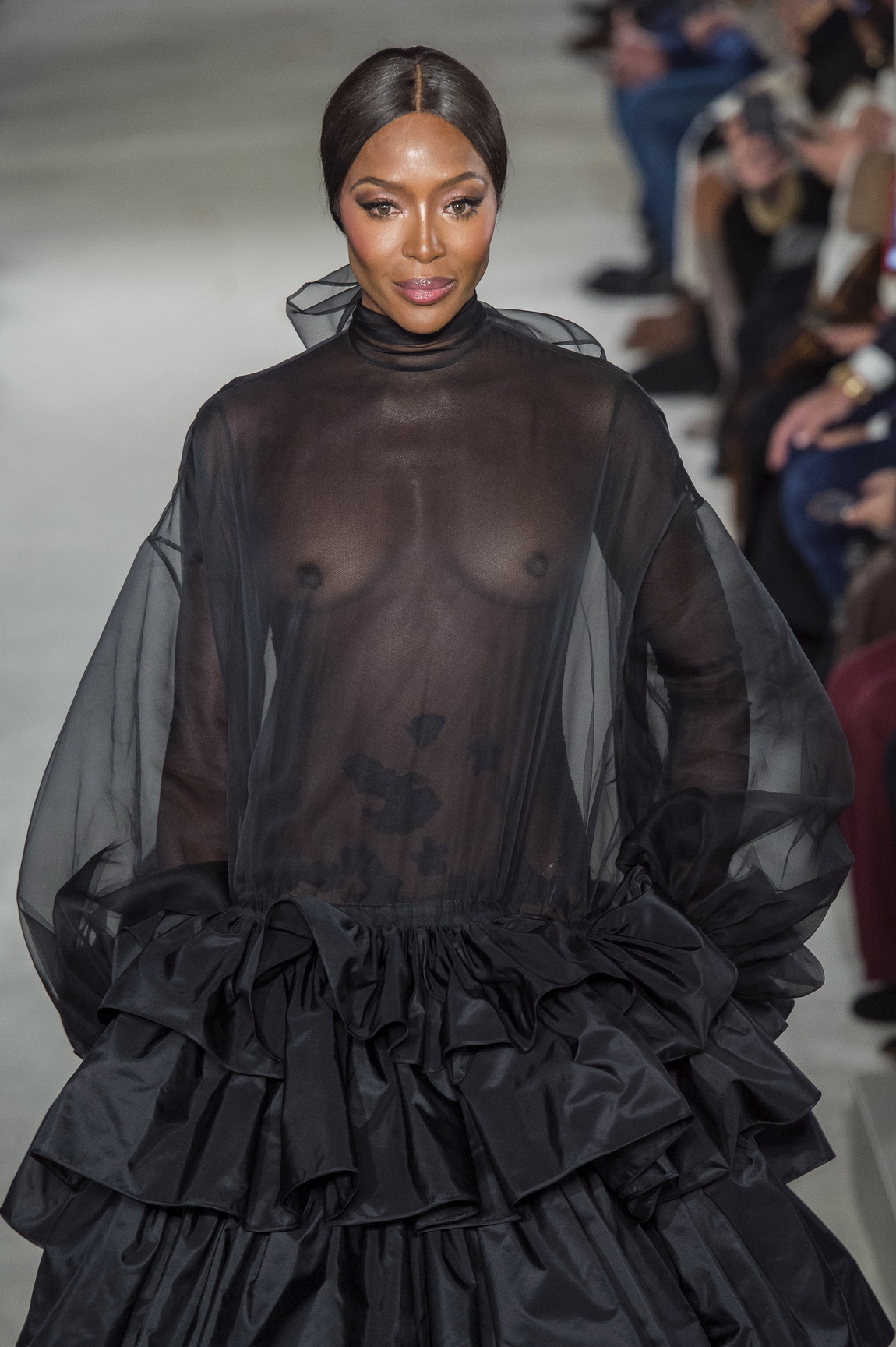It’s a rare moment that fashion can cut through the noise and hit a socio-cultural nerve with utter conviction. Last night, exactly that happened in Paris at Valentino’s couture show. “Couture is the way that you can evaluate the uniqueness of life, but it was never meant to be for black women,” Pierpaolo Piccioli said after the show. “It was meant for just white women. This is a celebration of black beauty.”

Almost everyone in the building was in tears. But it wasn’t the casting alone that made it so such an emotional moment — it was seeing these women in some of the most breathtakingly beautiful clothes to be made by the human hand. It was the height of couture, and it reimagined what that could mean for so many people of colour around the world. To a soundtrack of Roberta Flack’s The First Time I Ever Saw Your Face and Maria Callas’s trembling voice a cappella, it was an overwhelming expression of pure, joyous beauty.

“It was about the right for a black woman to be in that picture,” Piccioli explained, referring to Cecil Beaton’s iconic photograph of Charles James’s dusty-hued satin gowns in a grand salon. For many, that very image is the ultimate symbol of the white-gloved golden age of couture and all its WASPy froideur. Yet it was brought to life in a completely modern context when, at the end of the show, a starry handful of models including Adut Akech, Natalia Vodianova, Naomi Campbell, Liya Kebede, Kaia Gerber and Mariacarla Boscono formed a Beaton-esque tableau that will surely go viral.
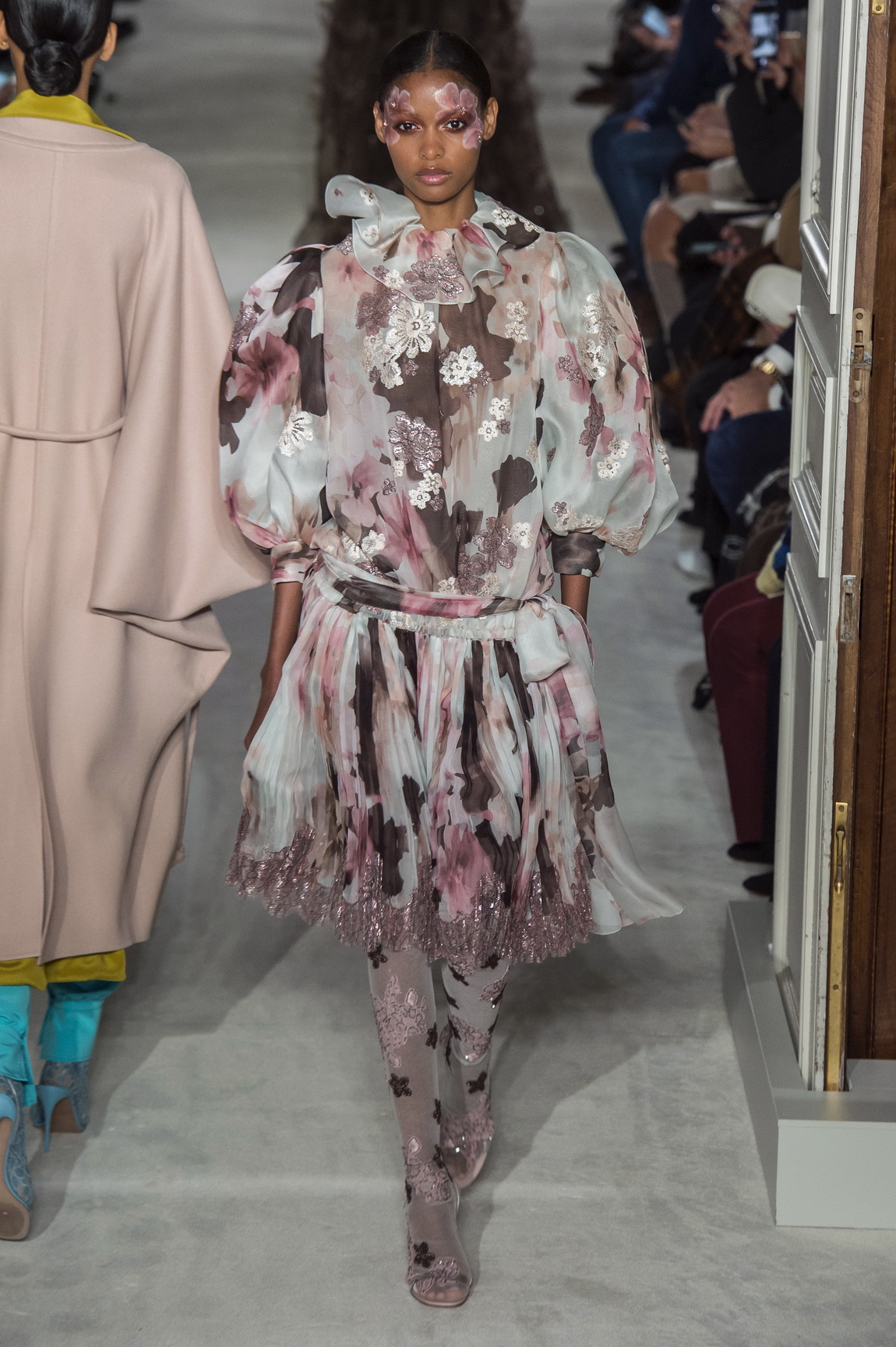
“It’s not just because everyone is talking about diversity — it’s a celebration of black beauty.” I can indeed confirm that his mood boards were also filled with iconic imagery of black women: Eartha Kitt; Franca Sozzani’s Black issue of Vogue Italia; paintings by Manet, Gauguin and Kerry James Marshall; Byzantine depictions of dark-skinned women; soulful photos from 60s African-American magazines.
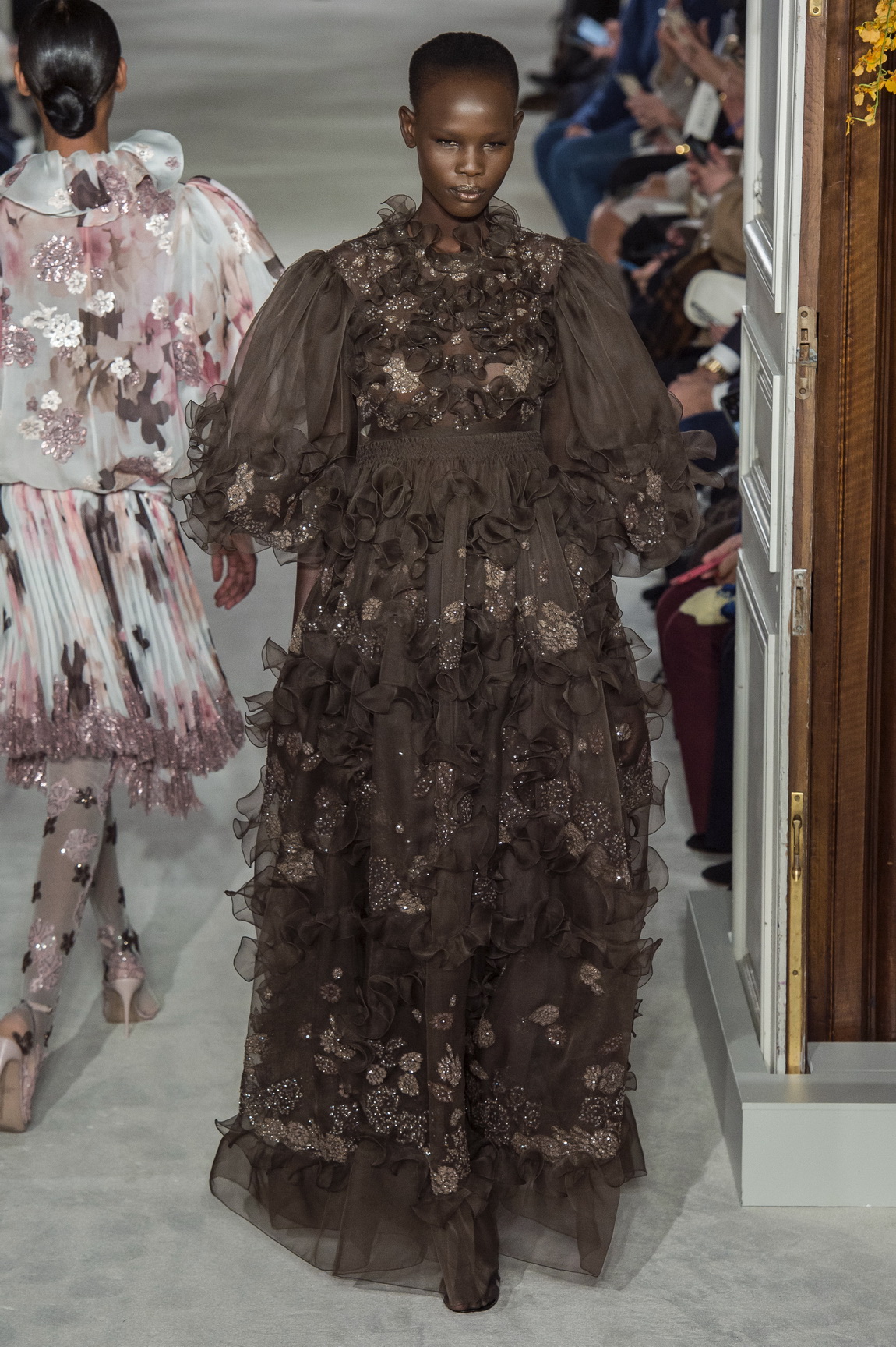
However, in the collection itself there weren’t any of those hackneyed exoticisms that so often form the pillars of imagery concerning black representation. It was instead full of the most profound colour: bon-bon pink satin, mustard cashmere and periwinkle cotton; chartreuse and pearl grey; lilac with tangerine; emerald and chocolate paired with rose and ivory. Piccioli also mentioned that he wanted to rethink what “nude” colours meant for black women, and the result was an array of sumptuous browns with custom made lace linings. They were followed by watercolour florals in the most dazzling embellishment worthy of a Medici. Feathers, sequins, lace, florals for spring that were truly were groundbreaking. The show closed with a parade of sweeping taffeta gowns, metres of fabric with utter lightness.
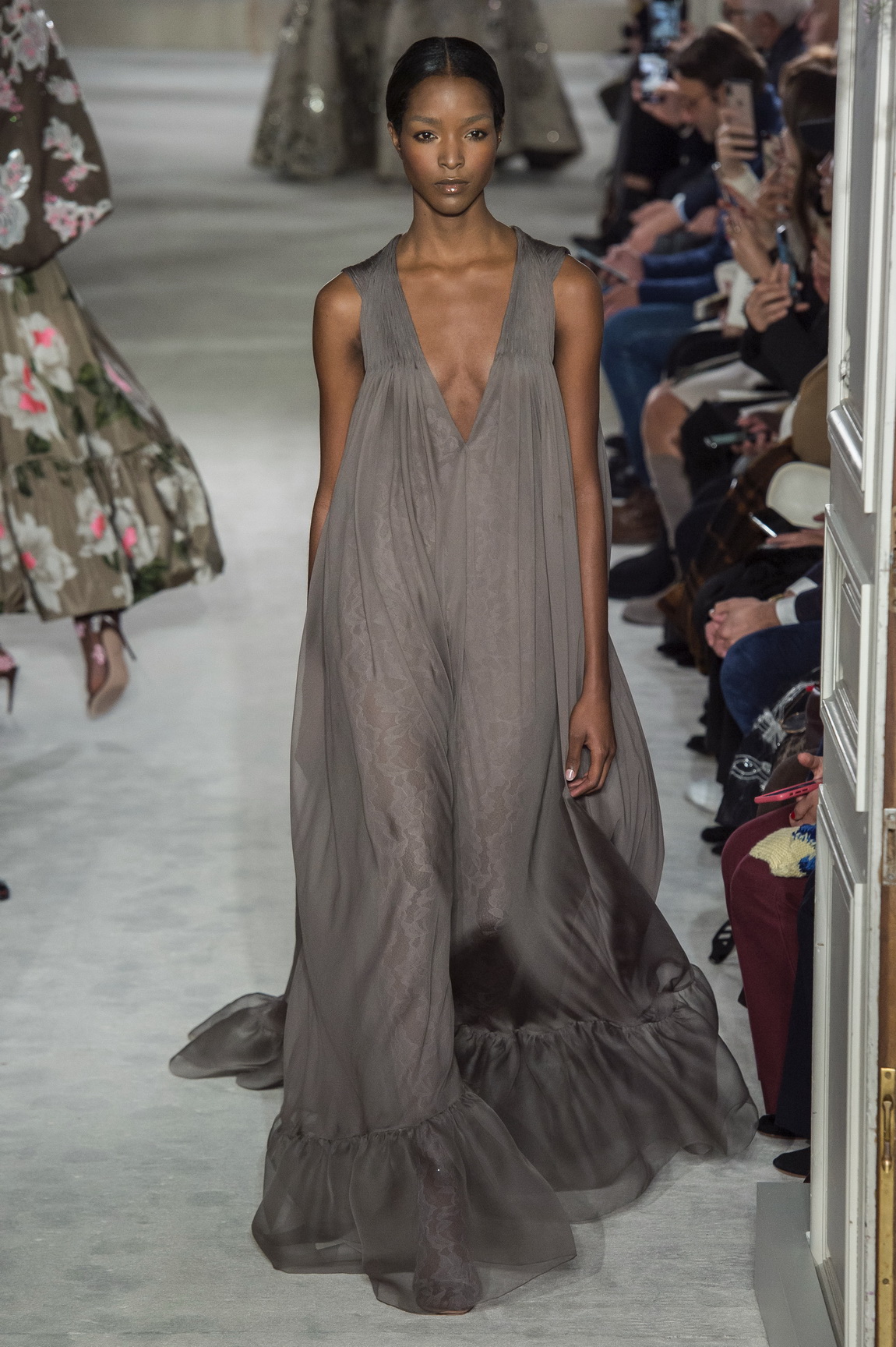
In the gladiatorial age of social media, it’s important to note just how incredible this show was from a wider cultural point of view. Piccioli is Italian and his experiences probably don’t match those of the women he wanted to speak to, but the message was clear: you are welcome.
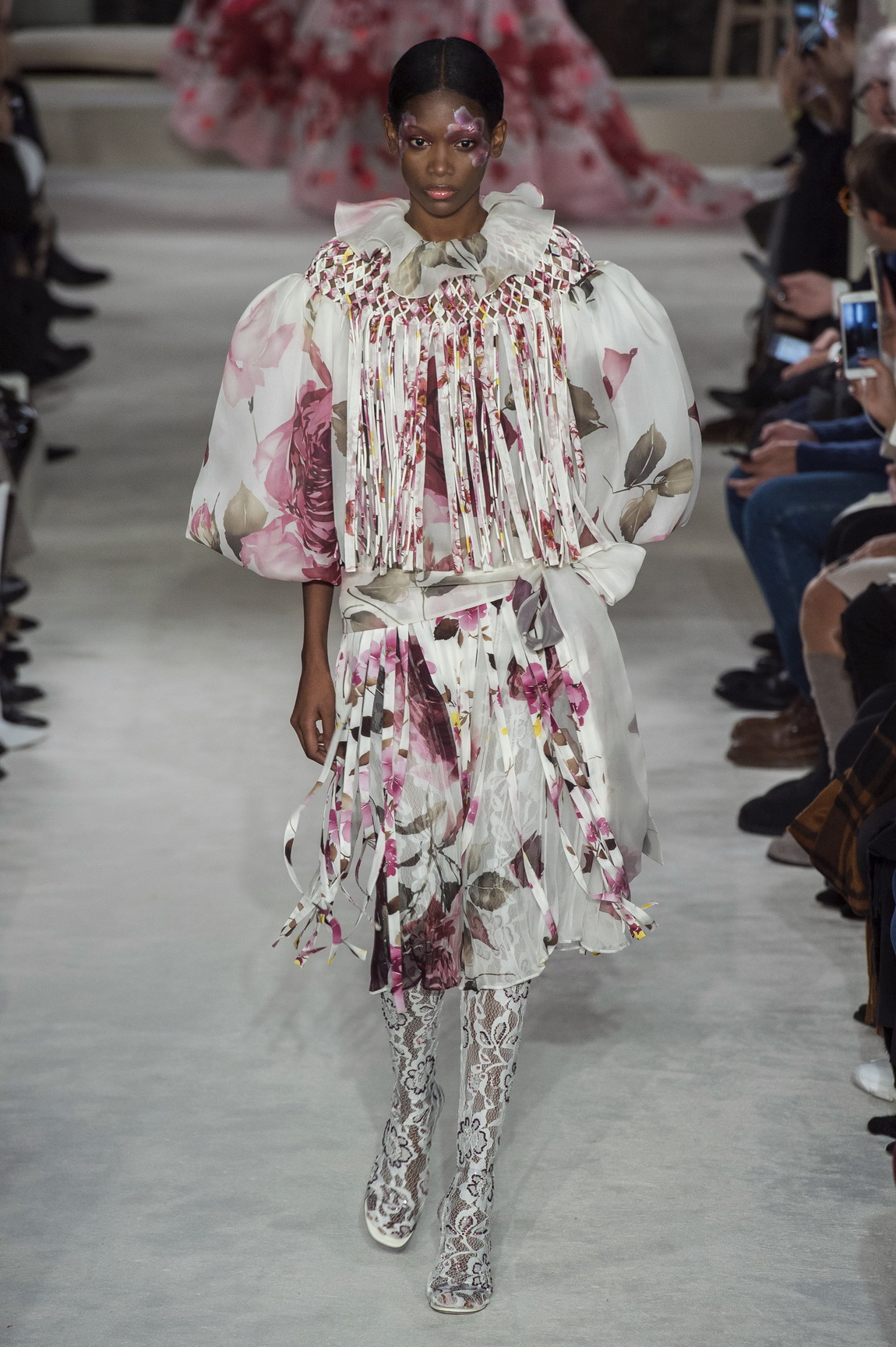
Yves Saint Laurent was a pioneer when it came to casting black women in his couture shows, yet more often than not, that was it. Magazines that catered to black audiences, such as Jet and Ebony, weren’t lent clothes by fashion houses. In the early days, the few models of colour were often segregated from their Caucasian counterparts in dressing rooms.

In fact, Valentino’s shows brought to mind the legendary Ebony Fashion Fair, which was started in 1958 by Ebony’s proprietress Eunice Walker Johnson. Her family were Chicago’s African-American publishing barons, which allowed her to put her money where her heart was. For almost 50 years till her death in 2010, she made seasonal pilgrimages to the Paris to buy (not borrow) some of the most spectacular couture from the likes of Dior, Yves Saint Laurent, Givenchy, Claude Montana, Christian Lacroix, Jean Paul Gaultier and Oscar de la Renta. She became one of, if not the very first, black couture client at a time when there were no African-American fashion editors or women of colour in the front rows of all those Louis XIV salons. Ironically, Valentino once famously refused Johnson entry to its show.
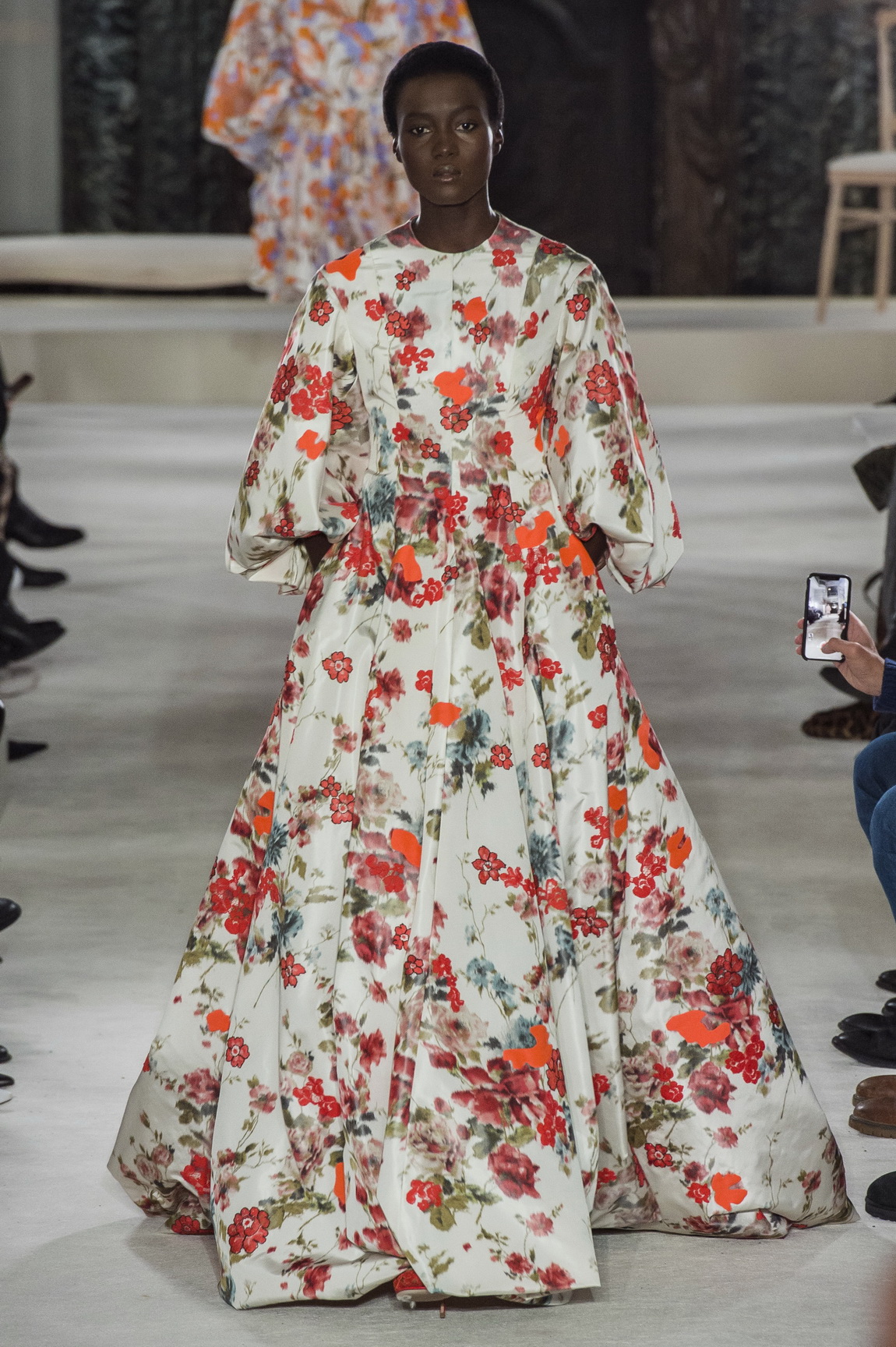
That didn’t prevent her from introducing haute couture to black communities across America, travelling from state to state for four months of the year with a group of African-American models, including a young Pat Cleveland, in the early 60s. Johnson knew the impact that showing such clothes on black women would have on how black women could, would and should see themselves.
It would take Paris decades to catch up to that very idea. In many ways, it only just has, but the future looks already looks better because of it.
